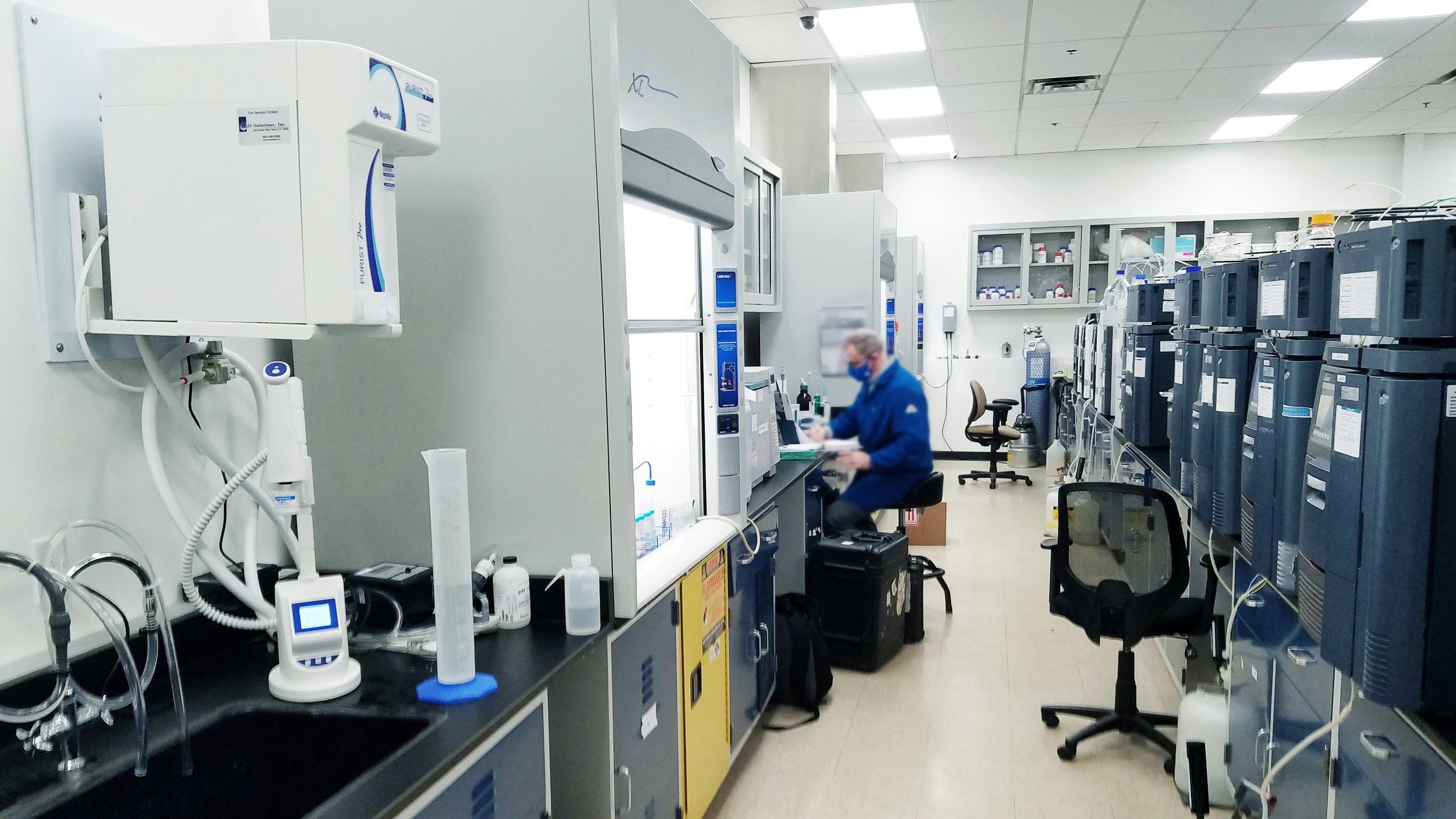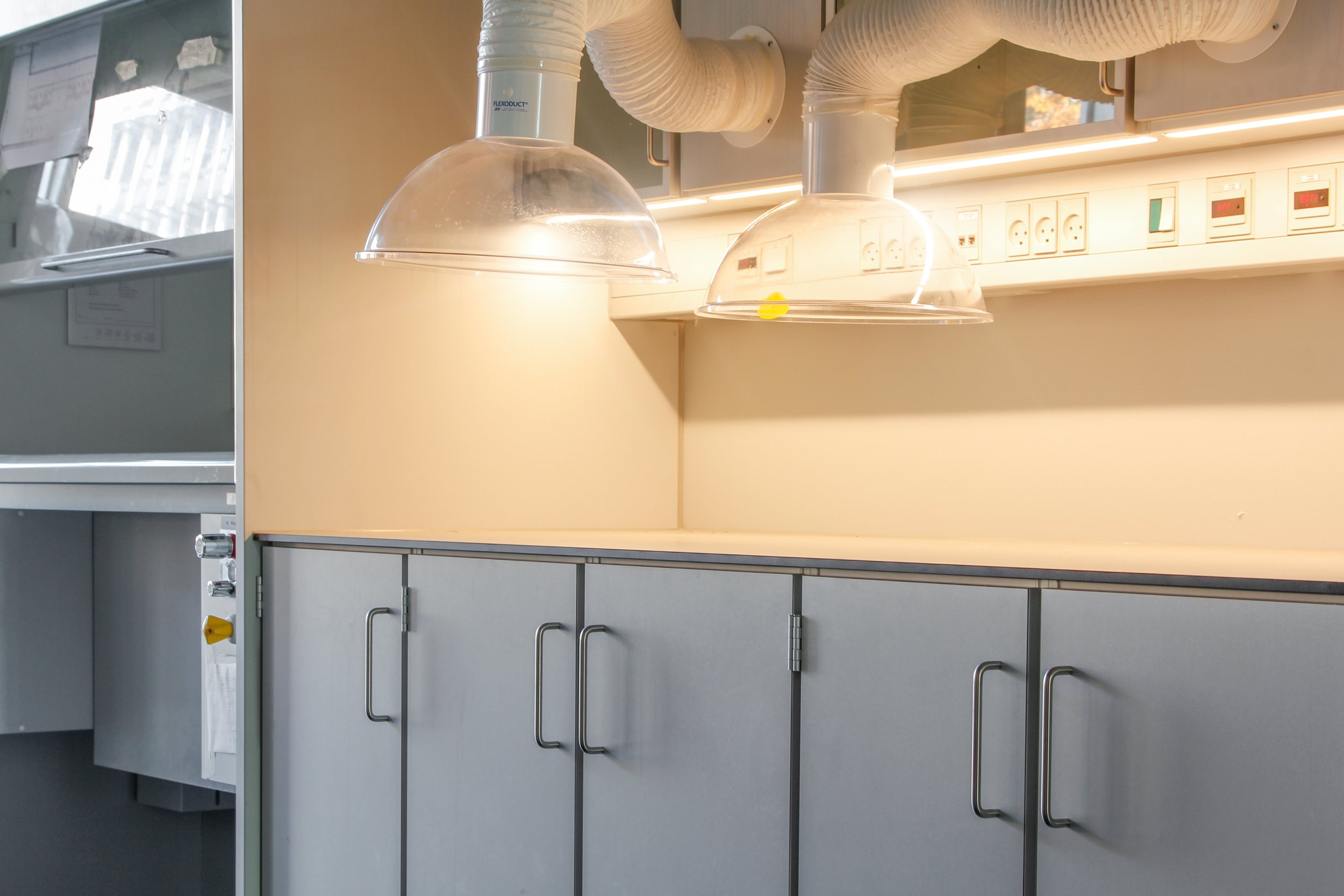How to design lights for the lab
There are an incredible number of laboratories, from schools to the more complex ones in pharmaceutical companies and the public sector. How do you find the right lighting for laboratories? After reading this article, you'll know the answer!
There are many different types of laboratories out there: in high-tech pharmaceutical companies, government institutions, supermarket chains and food manufacturers, and last but not least, in our own industry: the lighting industry. All these different types of labs are naturally not the same in the way they should be lit, so make sure you consult with the people who will be using the lab on a daily basis.
Factors such as color rendering and energy efficiency are important to consider. In general, we at Lumega recommend using LED lighting wherever possible. In this case, this means that you can use LED lights for the entire lab. LEDs offer many advantages: compared to fluorescent tubes, LED lighting has a longer lifespan, the light turns on immediately, which means you don't have to wait for the light to reach full power, and they have a better light quality. In addition, LED lights are 40-50% more energy efficient than traditional light sources.
Designing lighting for laboratories
When designing the lighting in the lab, there are several questions to ask:
Should the light reveal defects on surfaces or degrees of blurring in liquids?
Should fine divisions on thermometers or pipettes be visible?
Should the lights be easy to clean, e.g. by being closed or completely sealed?
In general, it is also important to focus on the more general aspects of lighting, such as glare, horizontal and semi-cylindrical lighting. It's also important to remember that many laboratories today have computers where employees can work.
At Lumega, we offer many different LED solutions that are perfect for laboratories. The general regulations for lighting in laboratories require a color rendering of CRI 90, which all Lumega products meet. Our NS30 lamps fit perfectly under overhead cabinets. Together with our small LED strips, which can fit where there is normally no room for lamps, they are the perfect match for the lab. If you choose this combination, you're guaranteed good lighting for your lab.




